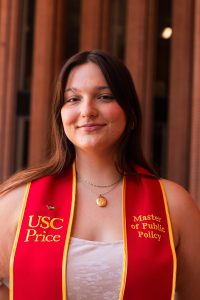Demography
The data below is intended to summarize key demographic components of the Eaton Fire burn area.
77,547
21%
24%
2.73
(ACS 5-yr, 2023)
(ACS 5-yr, 2023)
(ACS 5-yr, 2023)
(ACS 5-yr, 2023)
A Closer Look at Black Households in Altadena
- As of 2023, 6% of Black residents in Altadena were living below 100% of the Federal Poverty Line (FPL) compared to 20% of Black residents across Los Angeles County.
- As of 2023, 81% of Black households in Altadena were homeowners compared to 32% of Black households across Los Angeles County.
- As of 2023, the median home value for Black households in Altadena was $961,000 compared to $677,700 across Los Angeles County (more than $283,000 difference).
Source: ACS 5-yr, 2023
Housing & Real Estate
The data below is intended to summarize the housing and real estate landscape of the Eaton Fire burn area.
$2,198
(ACS 5-yr, 2023)
50%
(ACS 5-yr, 2023)
25%
(ACS 5-yr, 2023)
88%
(ACS 5-yr, 2023)
Health & Environment
The data below is intended to summarize key health and environmental indicators across the Eaton Fire burn area.
56th
(FEMA, 2023)
34%
(NAIP, 2022)
81 y/o
Life Expectancy
(National Center for Health Statistics, 2015)
33%
(CURes at LMU, 2016)
Employment & Income
The data below is intended to summarize key employment and income indicators across the Eaton Fire burn area.
$137,000
(ACS 5-yr, 2023)
9%
(ACS 5-yr, 2022)
6%
(ACS 5-yr, 2023)
8%
(ACS 5-yr, 2023)
Explore more indicators for the impacted areas on the NDSC map below.
If you are in need of support, we encourage you to utilize the resource directory from Los Angeles County Recovers.
Authors & Contributors

Justin Culetu
Justin is a first-year Master of Public Policy Student at the Price School of Public Policy. He studied at the University of California, San Diego where he earned his Bachelor’s Degree in Law/Political Science as a student-athlete on the men’s NCAA Division 1 swim team. His policy interests are Homeland Security and Congressional Oversight.

Emily Phillips
Emily (she/her) is the Project Specialist at Neighborhood Data for Social Change. Emily received her Master in Public Policy with a specialization in advocacy communications from the USC Price School in the Spring of 2024. Prior to relocating to Southern California, Emily grew up in Phoenix and then obtained her BA in Political Science and Global Studies from Loyola University Chicago. Her main focus incudes policy advocacy across a variety of policy areas including housing, health, and racial justice. She is passionate about community engagement and social impact.
Other contributors include: Elly Schoen, Cameron Yap & Ben Regev

